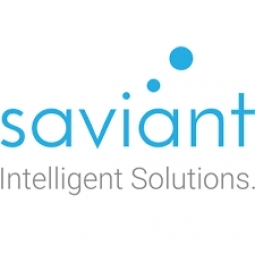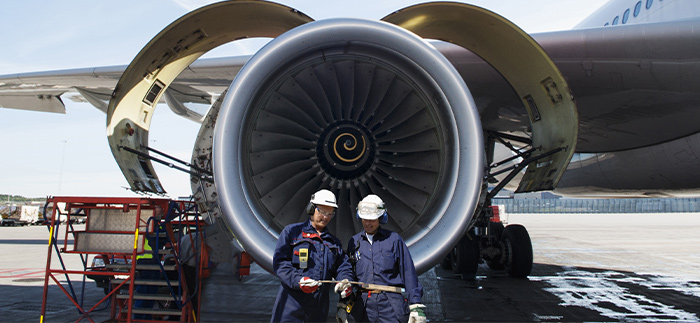
技术
- 分析与建模 - 机器学习
- 分析与建模 - 预测分析
适用行业
- 设备与机械
- 可再生能源
适用功能
- 维护
- 质量保证
用例
- 机器状态监测
- 实时定位系统 (RTLS)
服务
- 数据科学服务
- 培训
客户
未披露
关于客户
仪器工程公司为工业设备和可再生能源行业的领导者提供支持。他们提供智能传感器和硬件,帮助工业企业降低设备维护成本,提高机器产量,增加机器正常运行时间并确保工艺质量。
挑战
传感器以高频率从设备捕获物理数据,然后在基于桌面的系统上进行本地管理和分析。然后,他们的最终用户在他们的桌面上本地处理数据,并手动创建对设备状况及其故障模式的可见性。
他们决定自动化数据收集并启用基于云的数据处理以及基于 AI 的故障检测,同时使其更多地由数据驱动,而不是基于古老的规则。对此有一些挑战:
- 传统的预测工具难以扩展和部署
- 需要将预测分析嵌入到他们的应用程序中
- 使用现代数据平台进行数据准备、清理、选择正确的算法、对其进行训练和验证需求专业知识
- 平台和应用程序需要与所有硬件产品轻松集成
解决方案
采用最小可行产品方法来快速设计和构建一个数据平台,该平台拥有连接全球数百万传感器的能力,并使工业系统和设备能够更加智能地了解其故障、可用性和运行效率。
Saviant 与仪器工程公司合作,为他们未来十年的愿景开发所需的智能数据平台。与包括数据科学/机器学习顾问、技术架构师、物联网顾问在内的技术顾问团队合作,设计了一个平台,使
- 高性能数据工程并自动捕获数据、编排和分析
- 机器学习模型取代古老的“if-then 规则”故障检测方法
- 关于故障情况和警报的准确及时的警报和通知
运营影响

Case Study missing?
Start adding your own!
Register with your work email and create a new case study profile for your business.
相关案例.

Case Study
Smart Water Filtration Systems
Before working with Ayla Networks, Ozner was already using cloud connectivity to identify and solve water-filtration system malfunctions as well as to monitor filter cartridges for replacements.But, in June 2015, Ozner executives talked with Ayla about how the company might further improve its water systems with IoT technology. They liked what they heard from Ayla, but the executives needed to be sure that Ayla’s Agile IoT Platform provided the security and reliability Ozner required.
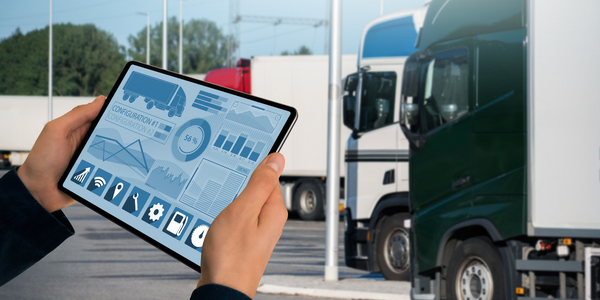
Case Study
IoT enabled Fleet Management with MindSphere
In view of growing competition, Gämmerler had a strong need to remain competitive via process optimization, reliability and gentle handling of printed products, even at highest press speeds. In addition, a digitalization initiative also included developing a key differentiation via data-driven services offers.
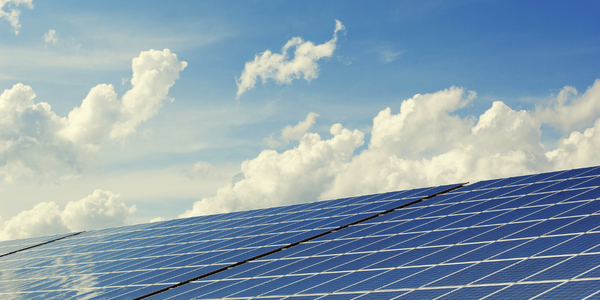
Case Study
Remote Monitoring & Predictive Maintenance App for a Solar Energy System
The maintenance & tracking of various modules was an overhead for the customer due to the huge labor costs involved. Being an advanced solar solutions provider, they wanted to ensure early detection of issues and provide the best-in-class customer experience. Hence they wanted to automate the whole process.
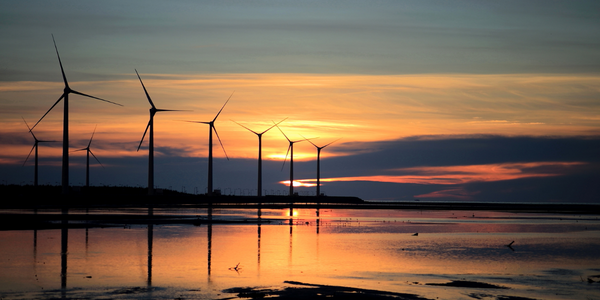
Case Study
Vestas: Turning Climate into Capital with Big Data
Making wind a reliable source of energy depends greatly on the placement of the wind turbines used to produce electricity. Turbulence is a significant factor as it strains turbine components, making them more likely to fail. Vestas wanted to pinpoint the optimal location for wind turbines to maximize power generation and reduce energy costs.
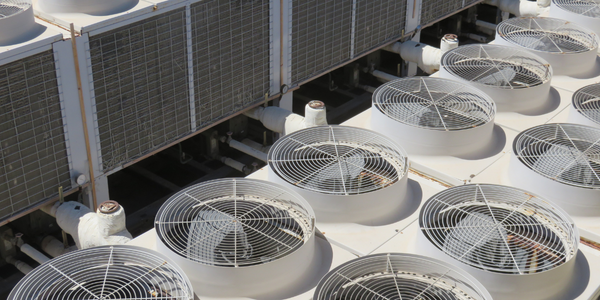
Case Study
Predictive Maintenance for Industrial Chillers
For global leaders in the industrial chiller manufacturing, reliability of the entire production process is of the utmost importance. Chillers are refrigeration systems that produce ice water to provide cooling for a process or industrial application. One of those leaders sought a way to respond to asset performance issues, even before they occur. The intelligence to guarantee maximum reliability of cooling devices is embedded (pre-alarming). A pre-alarming phase means that the cooling device still works, but symptoms may appear, telling manufacturers that a failure is likely to occur in the near future. Chillers who are not internet connected at that moment, provide little insight in this pre-alarming phase.
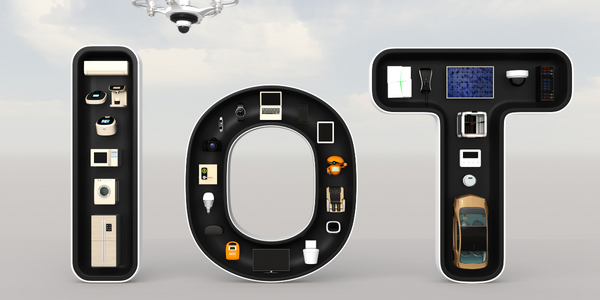
Case Study
Premium Appliance Producer Innovates with Internet of Everything
Sub-Zero faced the largest product launch in the company’s history:It wanted to launch 60 new products as scheduled while simultaneously opening a new “greenfield” production facility, yet still adhering to stringent quality requirements and manage issues from new supply-chain partners. A the same time, it wanted to increase staff productivity time and collaboration while reducing travel and costs.

